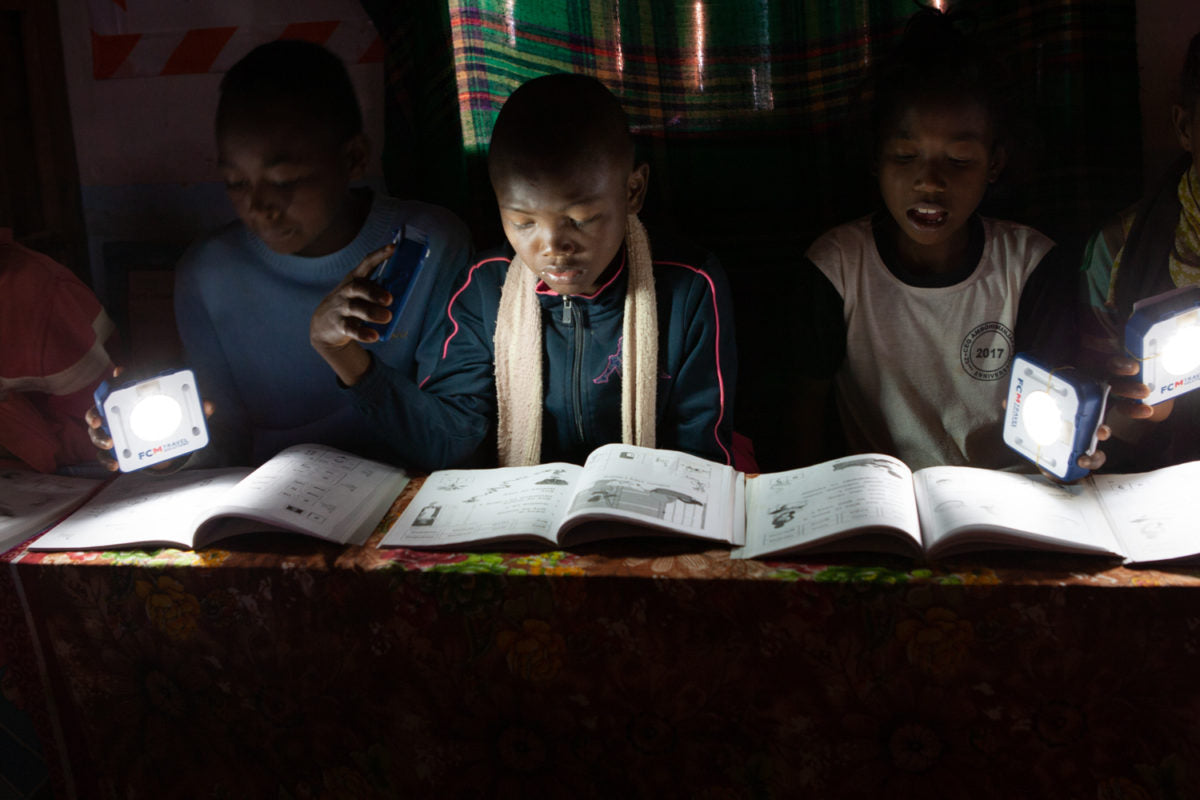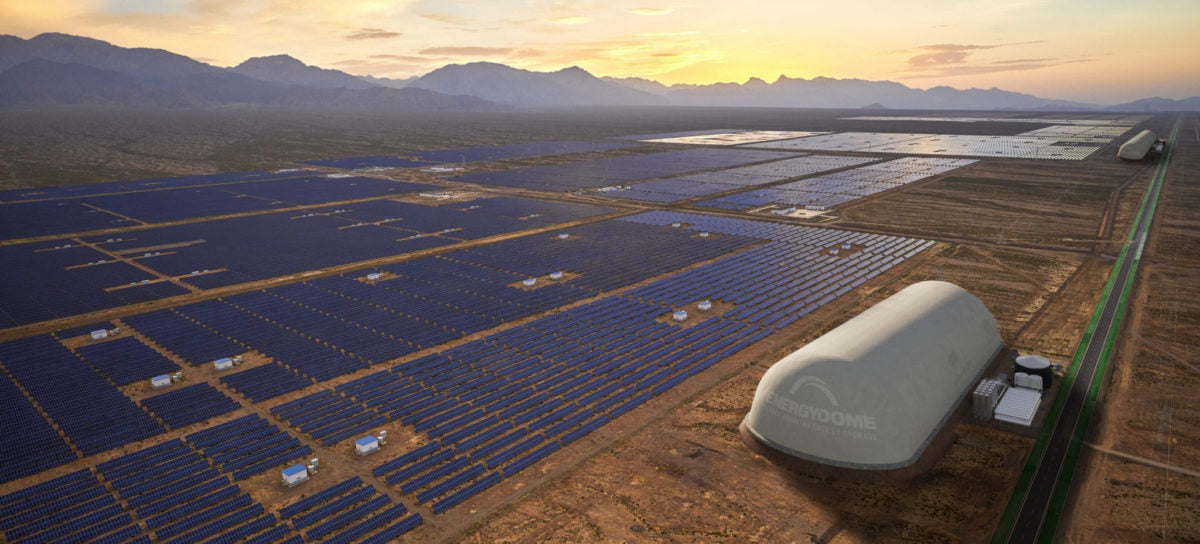https://www.pv-magazine-australia.com/2022/04/19/ai-method-learns-from-experienced-staff-on-perovskite-solar-production-lines/

Observations made by workers about test products can be incorporated into the machine learning system, according to its developers.
solar giga/Flickr
From pv magazine Global
There’s no substitute for experience and researchers in the US have acknowledged the fact by coming up with a machine learning method for producing perovskite solar cells which can incorporate the observations of seasoned production line staff.
Academics from US institutions MIT and Stanford – plus the Singapore-MIT Alliance for Science and Technology – have come up with an artificial intelligence (AI) system which can include input from experienced workers as well as data from experiments conducted by other researchers, to help control the many variables which can affect mass production of perovskite cells.
Rapid spray approach
The researchers, whose paper has been published in the latest issue of Joule, came up with the AI system to improve the rapid spray plasma processing (RSPP) production method they have suggested for commercial production of perovskite solar cells. An article published on the MIT News website on Wednesday about the research stated: “The [RSPP] manufacturing process would involve a moving roll-to-roll surface, or series of sheets on which the precursor solutions for the perovskite compound would be sprayed or ink-jetted as the sheet rolled by. The material would then move on to a curing stage, providing a rapid and continuous output.”
The machine learning code developed by the academics has been placed on open-source software development site GitHub, from where perovskite solar manufacturers can download it and MIT professor of mechanical engineering Tonio Buonassisi said the researchers are contacting PV companies to make them aware of the code and their RSPP approach to perovskite manufacture.
The AI method has been directed by the researchers to optimise the power output of perovskite cells but Buonassisi said his colleagues are working on being able to direct it to maximise cost and durability, as well as other potential characteristics, at the same time.
Former MIT research assistant Zhe Liu, one of the academics who worked on the project and is now at the Northwestern Polytechnical University, in the Chinese city of Xi-an, told MIT News Chinese perovskite solar companies are focused on small products such as solar roofing tiles but three manufacturers are being pressed by investors, or are already on track, to produce full-sized perovskite solar panels “within two years.”
The research, which was backed by US public bodies the Department of Energy and the National Science Foundation, also involved Stanford academics Reinhold Dauskardt, professor of materials science and engineering; doctoral graduate Nicholas Rolston; and Austin Flick and Thomas Colburn; as well as Zekun Ren, of the Singapore-MIT Alliance for Science and Technology.
This content is protected by copyright and may not be reused. If you want to cooperate with us and would like to reuse some of our content, please contact: editors@pv-magazine.com.
<




